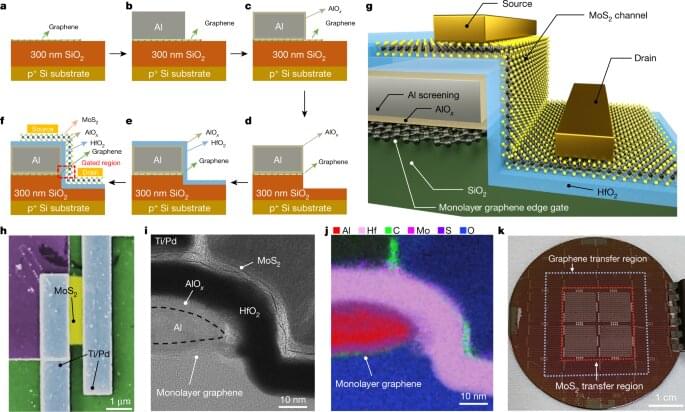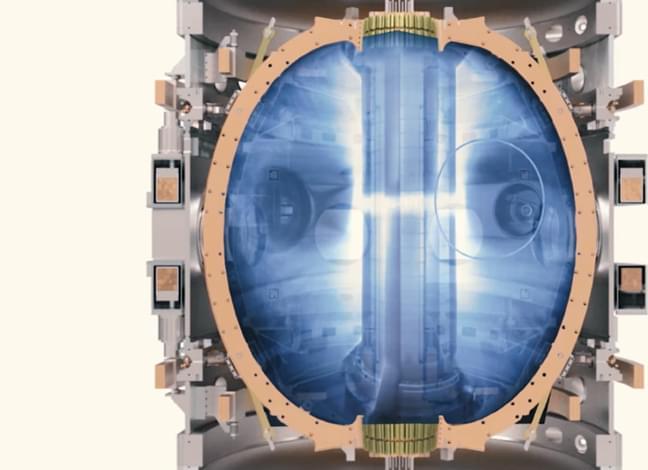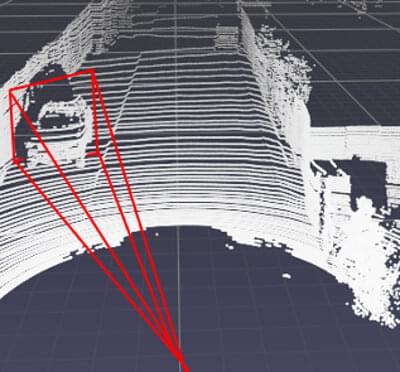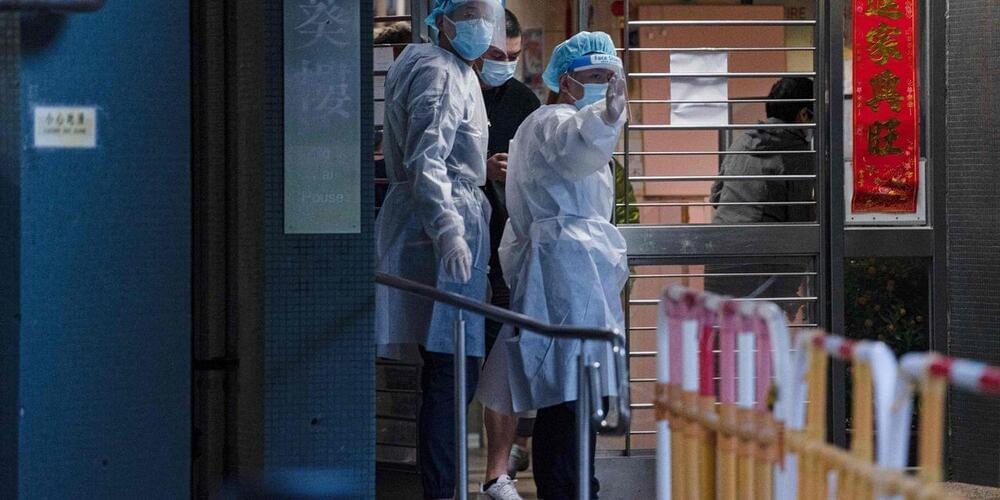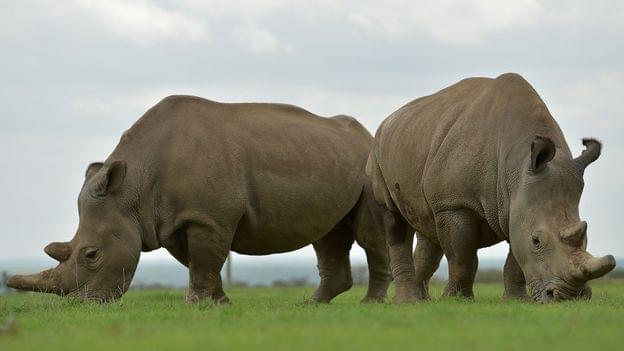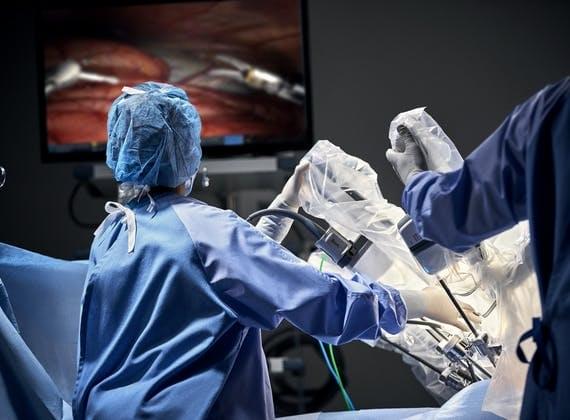Mar 14, 2022
Tiny Galaxies Reveal Secrets of Supermassive Black Holes
Posted by Genevieve Klien in category: cosmology
“People keep finding more of them,” said Ryan Hickox, an astronomer at Dartmouth College who recently helped locate one himself. “There may be a lot more of these things in these galaxies than we could find using the traditional techniques.”
Off the Map
Dwarf galaxies are relatively uncharted astronomical territory. Ten to 100 times lighter than the Milky Way, they lack the gravitational moxie to pull themselves into the tidy round shapes amenable to theorizing. They’re also patchy, dim and generally hard to study in detail. “They’re a total mess,” Volonteri said.


